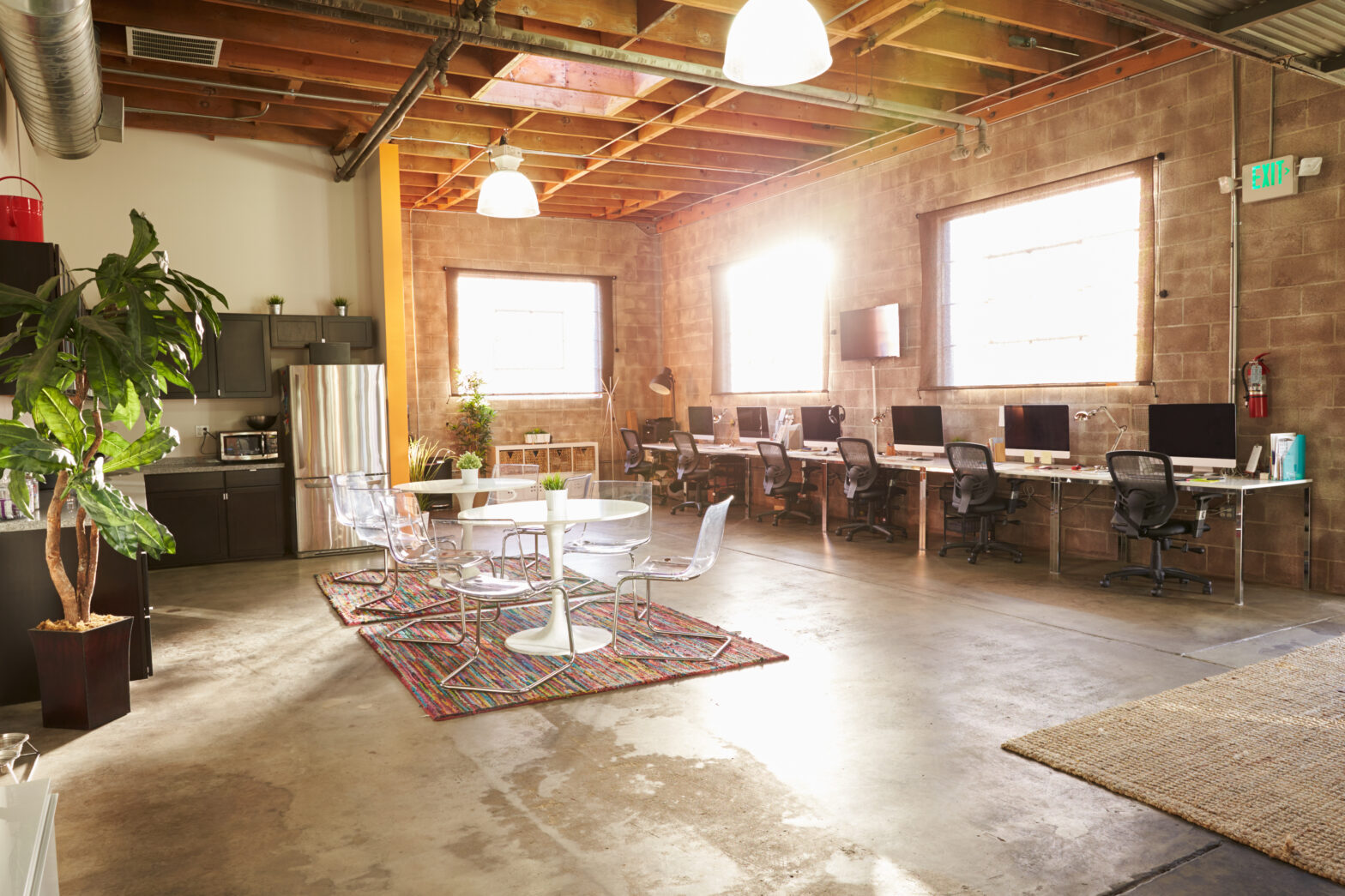Over the past few years, the fashion sectors demand for offices in the UK has been thriving. The growth of online sales and a resurgence on the high street, has led to a number of fashion companies choosing to relocate their business to facilitate growth.
As with any occupier looking for offices, there are a key number of factors clients need to establish when considering a move. These include location, cost, size and style. This article discusses how the fashion industry is adapting their offices based on these factors to reflect their business.
The first thing to consider for any fashion company is the all-important location. It can reflect a brands image and how they are perceived by potential customers. In London for example, an ‘up and coming designer’ is more likely to be seen within the cluster of creatives in the East of the City, whereas an established luxury brand on the other hand can look to premium or iconic locations such as Mayfair or space in The Shard.
See also: London’s 10 most iconic office spaces
As well as image, the location of a fashion company can also be driven by talent pool. Each fashion company that works with Making Moves receives an analysis of their staff’s postcodes to assess travel journey times to and from work. This is to ensure that if a company has the majority of staff in the East of London that we do not start looking for properties in the far West of the city. Such a relocation can be a headache for any company and in particular skilled clothing designers.
The process of acquiring a new office is an expensive business and this can also be another factor on where a fashion company is located. A new or up and coming designer looking for their first studio on a tight ‘start-up’ budget, will face limited options due to the cost of a standard office. One benefit though of working with fashion companies in their office relocations, is their ability to see the best in properties which are often tired and ignored by most. Their design and flare can work wonders on a property which may cost much less than normal market levels. Even a 1970’s office block with little or no character can be transformed into something much more suitable and appealing on a limited budget.
Fashion companies also tend to accommodate more office space per employee than the average user. This is because of the different functions and operations that tend to accompany their move. These include larger desks for their designers, storage to allow the company to keep fabrics or products and more space to avoid feeling cramped, which can impact on creativity. This in itself can lead to higher costs due to the increase in size and often forces companies to maximise the use of space through clever storage or potentially taking more cost effective options, such as basement spaces to store their fabrics and materials.
In addition to the designer aspect of the fashion industry, there is also a growing e-commerce market whose requirements vary even more than a fashion house. We often see our clients from this sector have a much more varied brief for their new office. With a large technology and web based team behind the front of house website, combined with sizeable customer services teams, the offices are often in part just rows of desks like you see in most sales offices. However, fashion companies often have to develop the office to incorporate photography studios to photograph and upload pictures to their website plus large areas for sample stocks.
Our advice to any fashion company looking to relocate, is to assess the level of space required, through a detailed assessment of the current office compared with what is expected from the new office. This includes the number of employees currently plus growth, together with additional requirements such as studios and storage. This exercise should be carried by an expert before any new office search begins.
Tobi Crosbie, founder of Making Moves, has advised a number of fashion companies on their relocations including Matchesfashion.com, Farfetch.com, Steilmann, and The Starworks Group.






